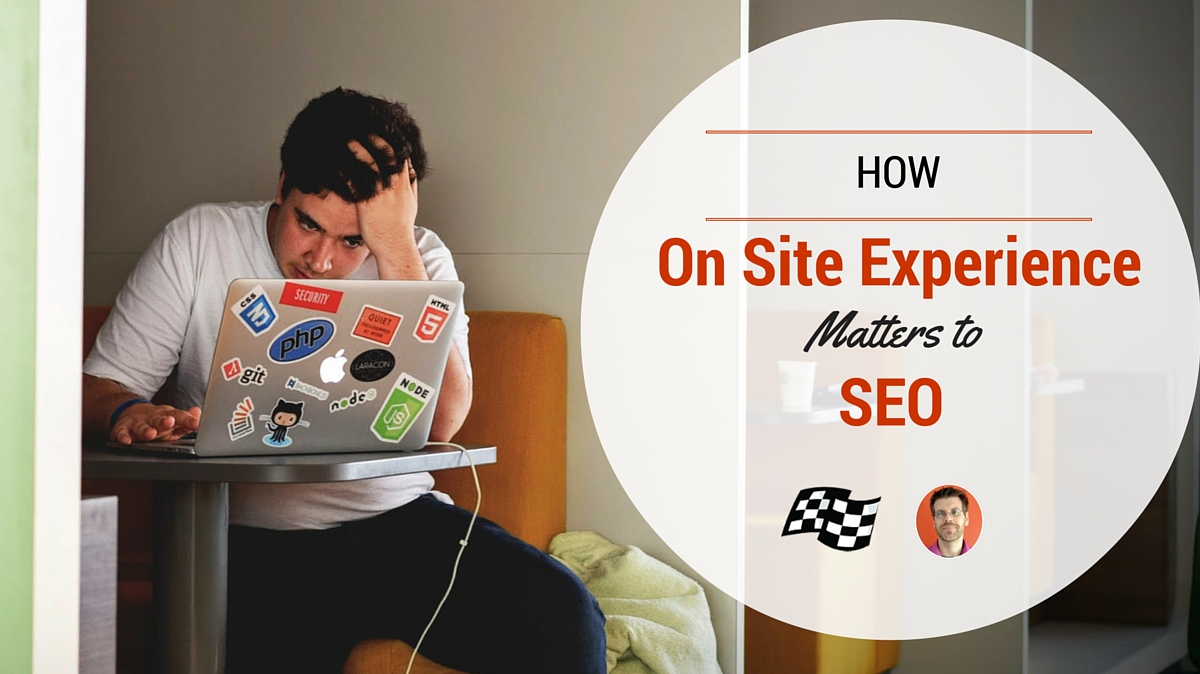
One of the key goals of SEO is bringing visitors to the site. Traditionally, SEOs haven’t thought too much about what happens after that, but the on-site experience of each visitor is an important part of the digital marketing campaign. And it’s also something that every SEO should be concerned about!
If user experience is the cart and SEO is the horse, then you might think the first priority is taking care of the horses. But the horses can’t pull a cart with square wheels, which is exactly what it’s like to get top search engine rankings for a website that offers a poor user experience.
The search engines have one product: Search results. If the visitors like the product, they keep coming back. If they don’t, they try another engine. But whether or not the searcher likes the result has more to do with what happens after they click the links provided than what the results look like by themselves.
Putting this together, we can see that the search engine’s primary goal is to ensure that the product (the sites that rank) meet the customers’ (searchers’) needs.
Which brings us to user experience (UX). It’s not enough to have the best answers, the best products, or the best services. You also have to make sure you provide the best on-site experience for your visitors. The more your site meets the needs of the searcher, the more Google will want your site to top the search results.
On-Site Experience Checklist
- Well-Constructed Navigation: Make sure your navigation clearly displays what you offer and provides a easy path for the visitor to get it.
- Solution-Oriented Content: Visitors are there for a reason. Your content needs to provide solutions for their needs, along with the benefits of your solutions.
- Fast Loading Pages: No one likes waiting around for pages to load. The first couple you may be able to get away with, but after that, you’re just driving visitors away.
- Non-Cluttered Design: You don’t have to have the best looking site in your industry (though it helps), but you do need the site to be visually appealing.
- Clear Calls-to-Action: Every page should have one or more actions for your visitors to take. Give them something to do next.
- Test Every Action: Whether its a call to action, filling in a form, searching your site, or whatever else, every action should be tested. Try to screw it up, and when you do, fix the problem so your visitors can’t.
